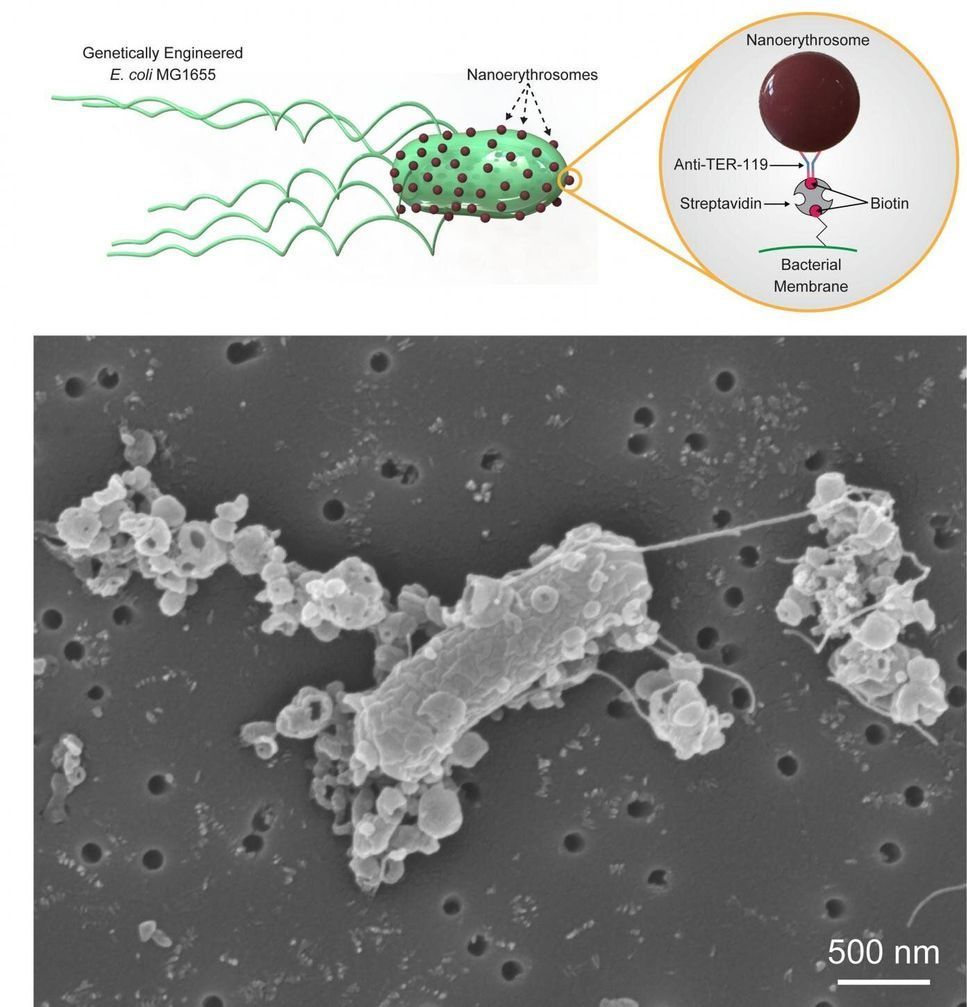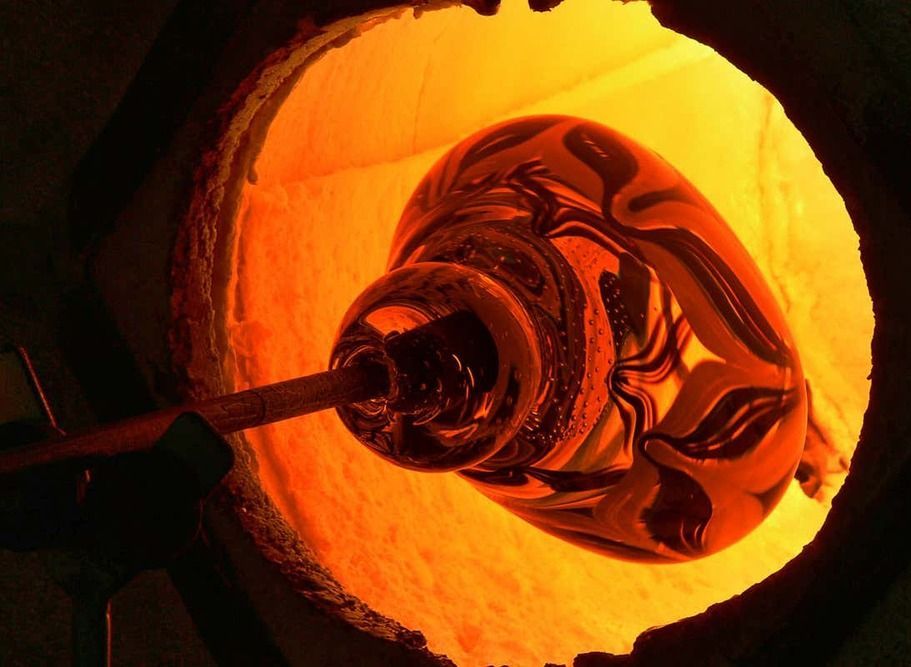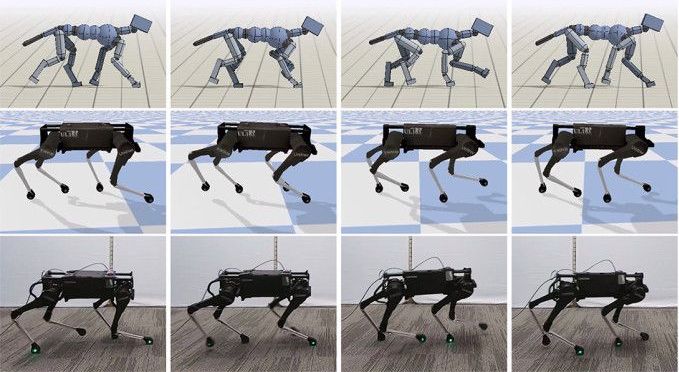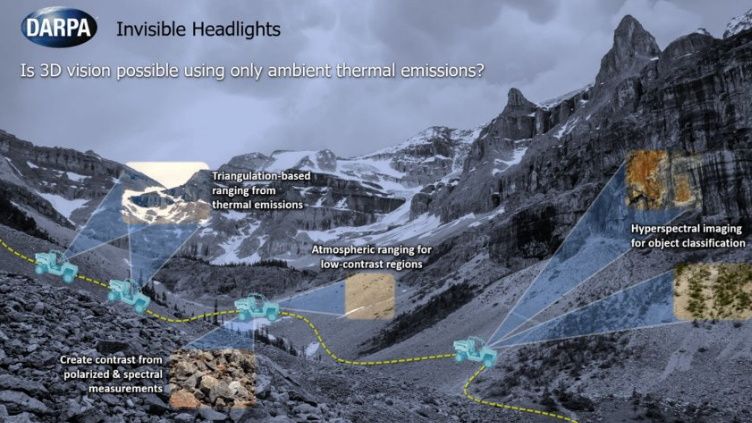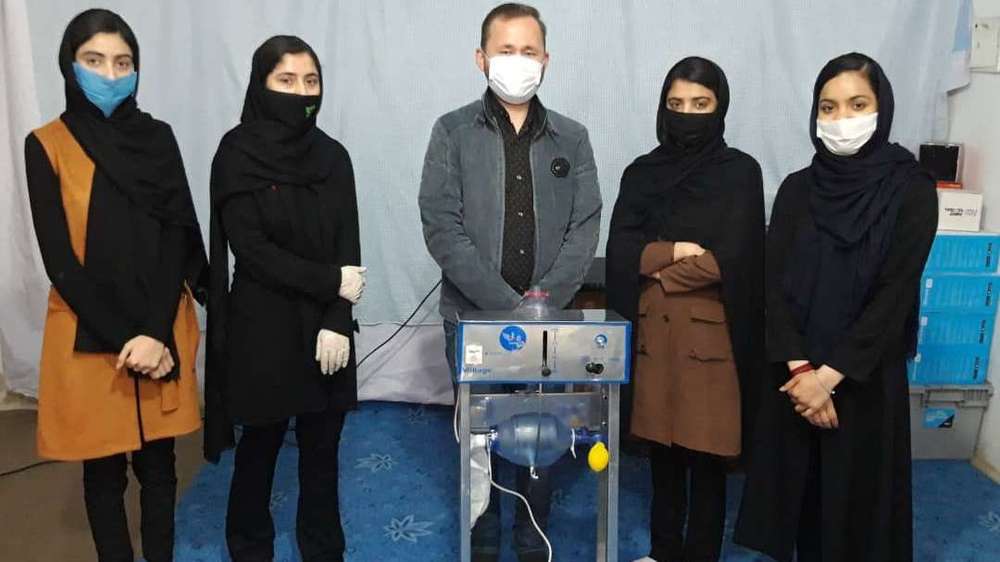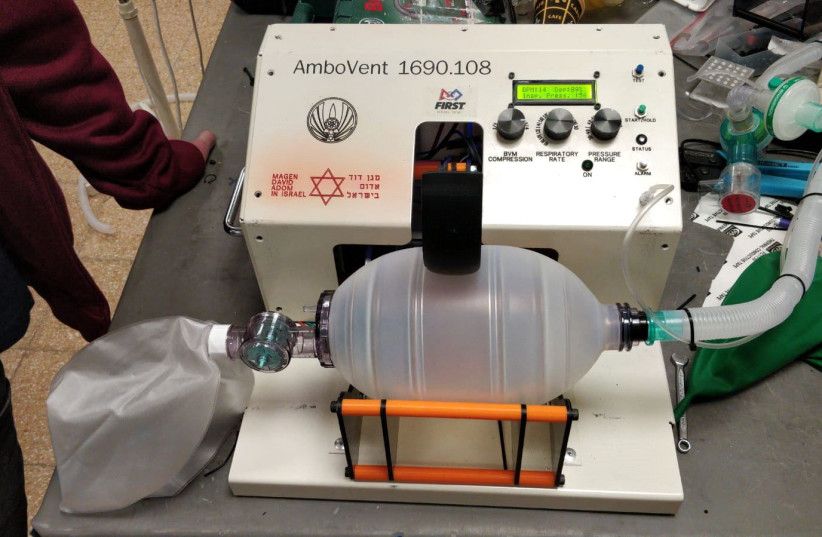Apr 9, 2020
Department of Energy Announces $30 Million for Machine Learning and Artificial Intelligence Research
Posted by Genevieve Klien in category: robotics/AI
Focus is on Physical Sciences Research and Management of Complex Systems
WASHINGTON, D.C. — Today, the U.S. Department of Energy (DOE) announced a plan to provide up to $30 million for advanced research in machine learning (ML) and artificial intelligence (AI) for both scientific investigation and the management of complex systems.
The initiative encompasses two separate topic areas. One topic is focused on the development of ML and AI for predictive modeling and simulation focused on research across the physical sciences. ML and AI are thought to offer promising new alternatives to traditional programming methods for computer modeling and simulation.




